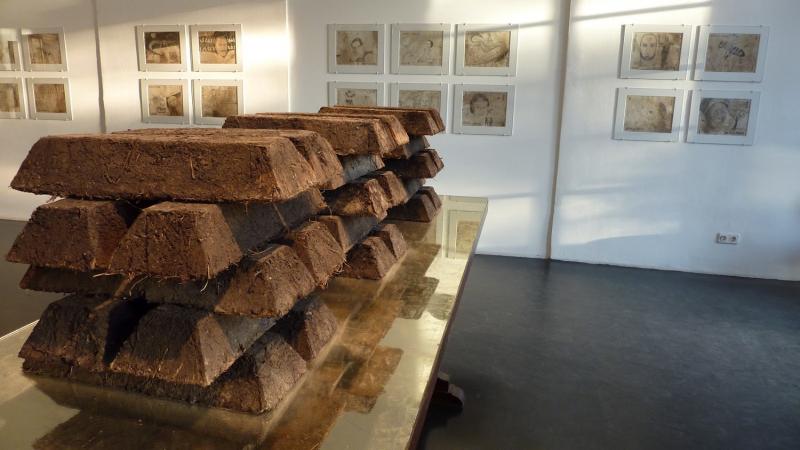
Valuing Soil Change in Natural Capital assessments
Valuing nature can be seen as having two complimentary approaches, green accounting methods supplementing economic indicators like GDP, and trade-off analysis using cost-benefit (CBA) valuation approaches for example as articulated in the discussion in Science between Bateman (2013, 6141; 45-50) and Obst (2013, 6157;420). Although much independent research has been done on the development of natural capital and ecosystem service frameworks, Obst (2015, 527,165), a recent article in Nature identified that the soils area of green accounting in the UN System of Environmental Economic Accounts (SEEA) was the least well developed. In order to develop this area and identify the soil information required to address this deficit we need to understand the requirements of both CBA and accounting valuation approaches.
Therefore, the goal of this placement was to learn about how CBA (Gibbons), Life Cycle Assessment (Styles) and accounting methods (SEEA, Hockley) work, and identify how the soils information we have can be used to inform these approaches. Moreover, the placement aimed to provide time to review the work on soils and tipping points which is only recently gaining traction and identify potential thresholds that may be pertinent to ecosystem service delivery.
(Photo: Artist Claire Pentecostin "soil-erg“ 2012.)
Placement information:
Starting placement presentation introducing placement ideas
